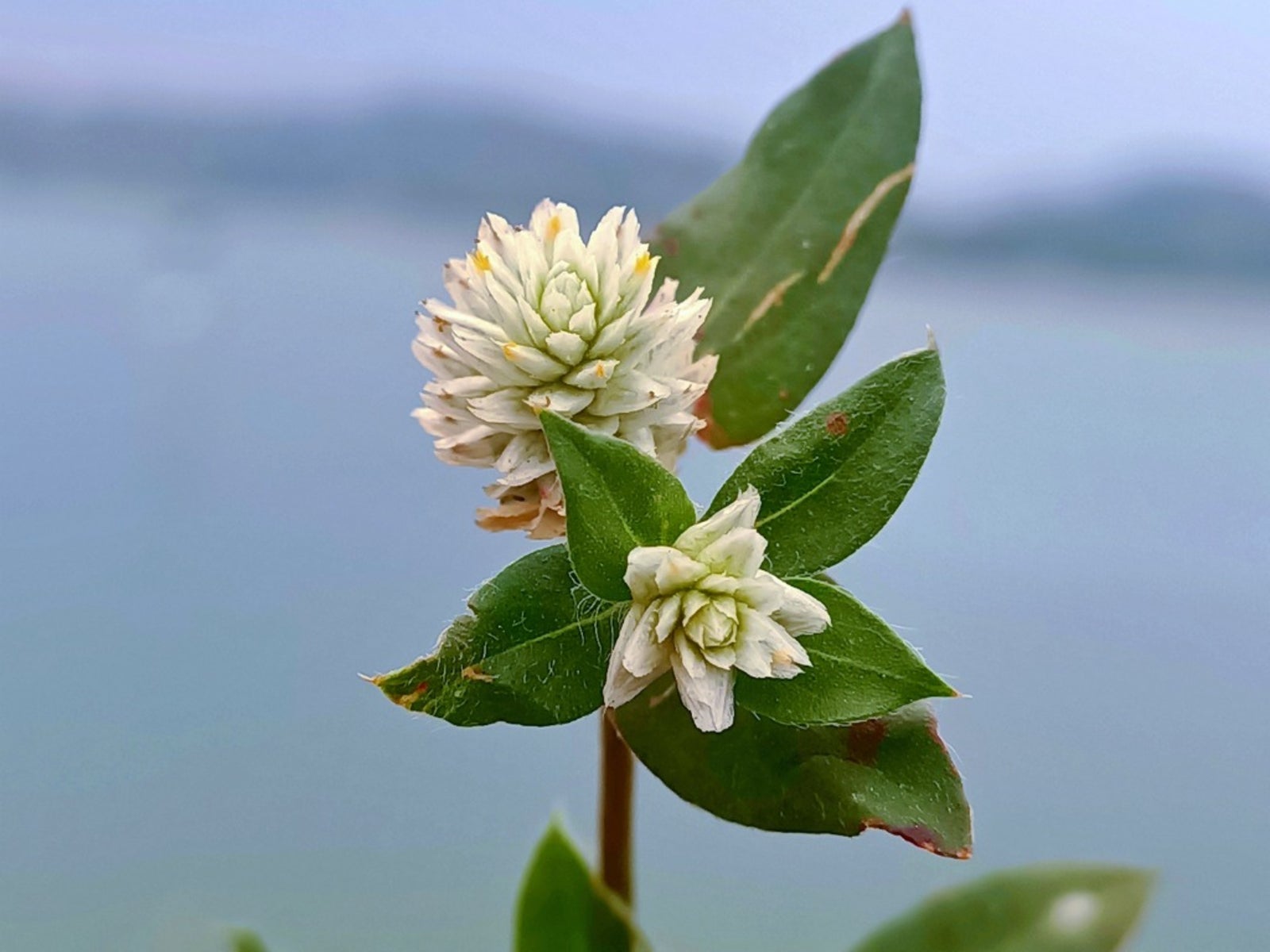Alligator Weed Facts – Learn How To Kill Alligatorweed
Alligatorweed is very adaptable and invasive. It's an ecological, economic and biological threat.


Alligatorweed (Alternanthera philoxeroides), also spelled alligator weed, hails from South America but has been widely spread to the warmer regions of the United States.
The plant tends to grow in or near water but can also grow on dry land. It is very adaptable and quite invasive.
Getting rid of alligatorweed is the responsibility of any riparian or waterway manager. It is an ecological, economic, and biological threat. Learn how to kill alligatorweed first by correctly identifying it.
Alligatorweed Identification
Alligatorweed displaces native vegetation and makes fishing difficult. It also clogs waterways and drainage systems. In irrigation situations, it reduces uptake and flow of water. Alligatorweed also provides a breeding ground for mosquitoes. For all these reasons alligatorweed removal is an important conservation effort.
Alligatorweed can form dense mats. The leaves may vary in shape but are generally 3 to 5 inches (8-13 cm.) long and pointed. The foliage is opposite, simple and smooth. The plants' stems are green, pink, or red, as well as being herbaceous, erect to trailing, and hollow. A small white flower is produced on a spike and resembles clover blooms with a papery appearance.
An important tidbit of alligatorweed facts regards its ability to establish from broken bits of stem. Any part that touches ground will root. Even a single piece of stem split away upstream can root much later downstream. The plant is very invasive in this way.
Non-toxic Alligatorweed Removal
There are a few biological controls that seem to have some effectiveness in controlling the weed.
Sign up for the Gardening Know How newsletter today and receive a free copy of our e-book "How to Grow Delicious Tomatoes".
- The alligatorweed beetle is native to South America and imported to the United States in the 1960's as a control agent. The beetles did not establish successfully because they were too sensitive to the cold. The beetle had the greatest effect in diminishing the weed population.
- A thrip and a stem borer were also imported and aided in the successful control campaign. The thrips and stem borer did manage to persist and establish populations which still exist today.
- Mechanical control of alligatorweed is not useful. This is due to its ability to re-establish with just a tiny stem or root fragment. Hand or mechanical pulling can physically clear an area, but the weed will regrow in just a few months from bits of it left behind in the effort to eradicate the weed.
How to Kill Alligatorweed
The best time to treat for alligatorweed is when water temperatures are 60 degrees F. (15 C.). Consult with your local extension service to learn about applying non-toxic aquatic weedkillers. You may want to try remedies like horticultural vinegar. If you're working with a small water feature, drain it and remove the weed before refilling it.
The best results come from treating the weed in the early stages of growth. Older, thicker mats will require multiple treatments.
Once the plant is dead, it is safe to pull it or just leave it to compost into the area.
Getting rid of alligatorweed may require a lot of manual labor, but this national weed poses threats to native flora and fauna and a challenge to boaters, swimmers, and farmers.

Bonnie Grant is a professional landscaper with a Certification in Urban Gardening. She has been gardening and writing for 15 years. A former professional chef, she has a passion for edible landscaping.